This is the weekend edition of TheMarioBlog and will be updated as needed. The next blog post is Monday, Sept. 26.
Holland: The Correspondent gains subscribers
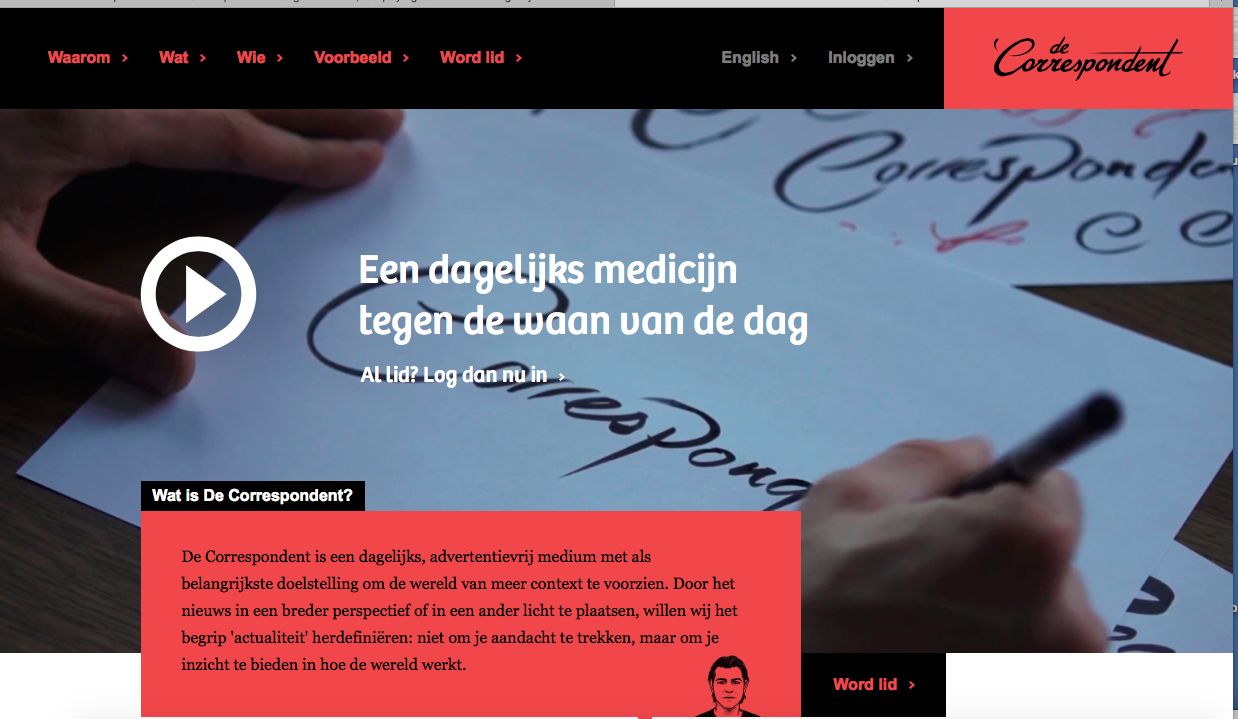
We follow The Correspondent with interest and we are happy to read that its dose of explanatory stories, expanding on the news of the day and emphasizing service “and what’s in the story for me” angles, is paying off for the Dutch publisher.
The Correspondent is adding around a thousand new members each month. With this growth, it’s on track to reach the 50,000 subscriber milestone by the year’s end. It’s important to note that The Correspondent has no ads. It makes 90 percent of its revenue from its 47,000 subscribers, who pay roughly €60 ($67) a year, or €6 ($6.70) a month, (10 percent is from book sales with profits invested back into the company).
I suggest you take a look at The Correspondent and you will find yourself hooked on its content and how familiar stories get a new life, a sort of extension, in the hands of The Correspondent’s editorial team.
The New York Times: A managing editor in the house
What’s in a title? Probably a sense of history, and a need for someone to, well, just do what the title implies: manage the newsroom at a time of change. For whatever reason, at The New York Times, the managing editor title is back.
The New York Times announced Friday that Joseph Kahn will be its new managing editor, a position that has been vacant for two years.
Kahn said this to The Washington Post:
“We’re all getting dragged much more into trying to figure out strategy not just for the newsroom but for the whole company,” says Kahn. “The job has just gotten much busier and more complicated than it may have been 10 years ago.”
And the winners are….
So happy to see these personal favorites as winners of the 2016 Online Journalism Awards, which ended the Online News Association Conference.
Quartz
General Excellence in Online Journalism, Medium
Breaking News, Large
Paris Attacks, The New York Times
Sports, Medium
Becoming Royal, The Kansas City Star – McClatchy
Online Commentary
A Conversation on Race, The New York Times
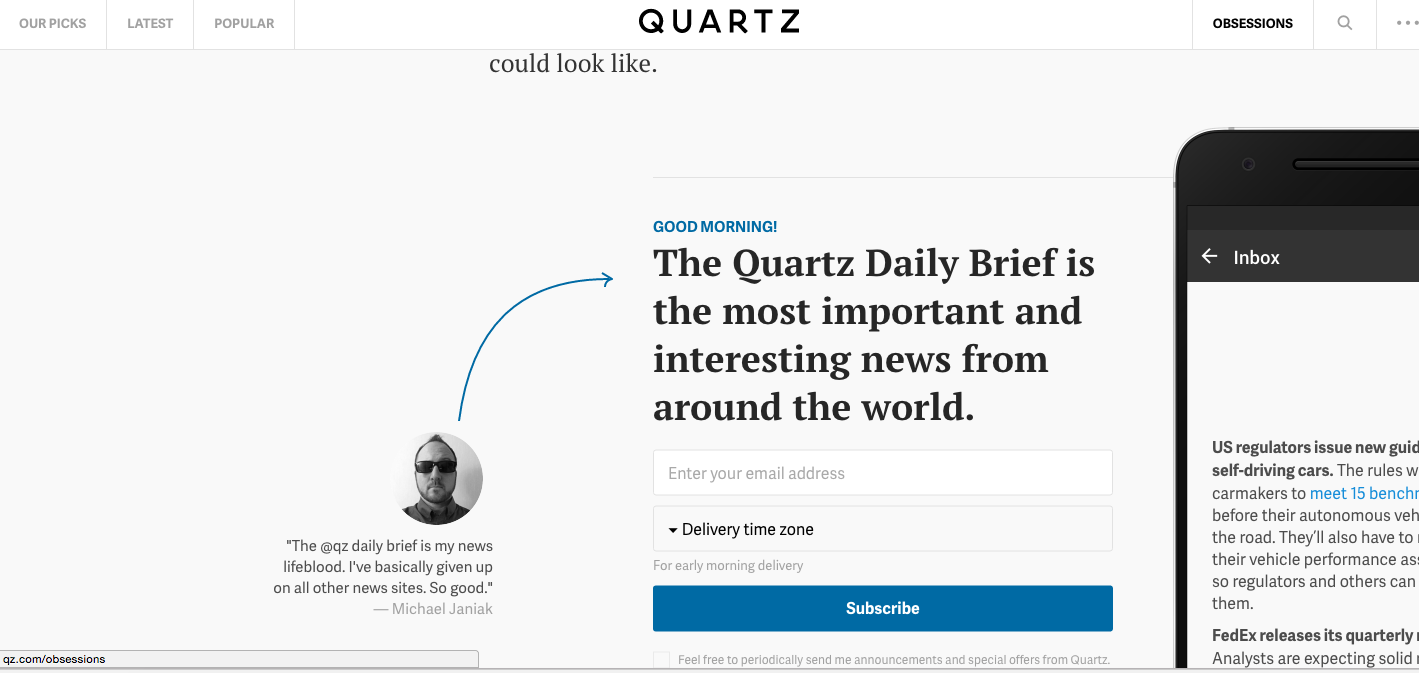
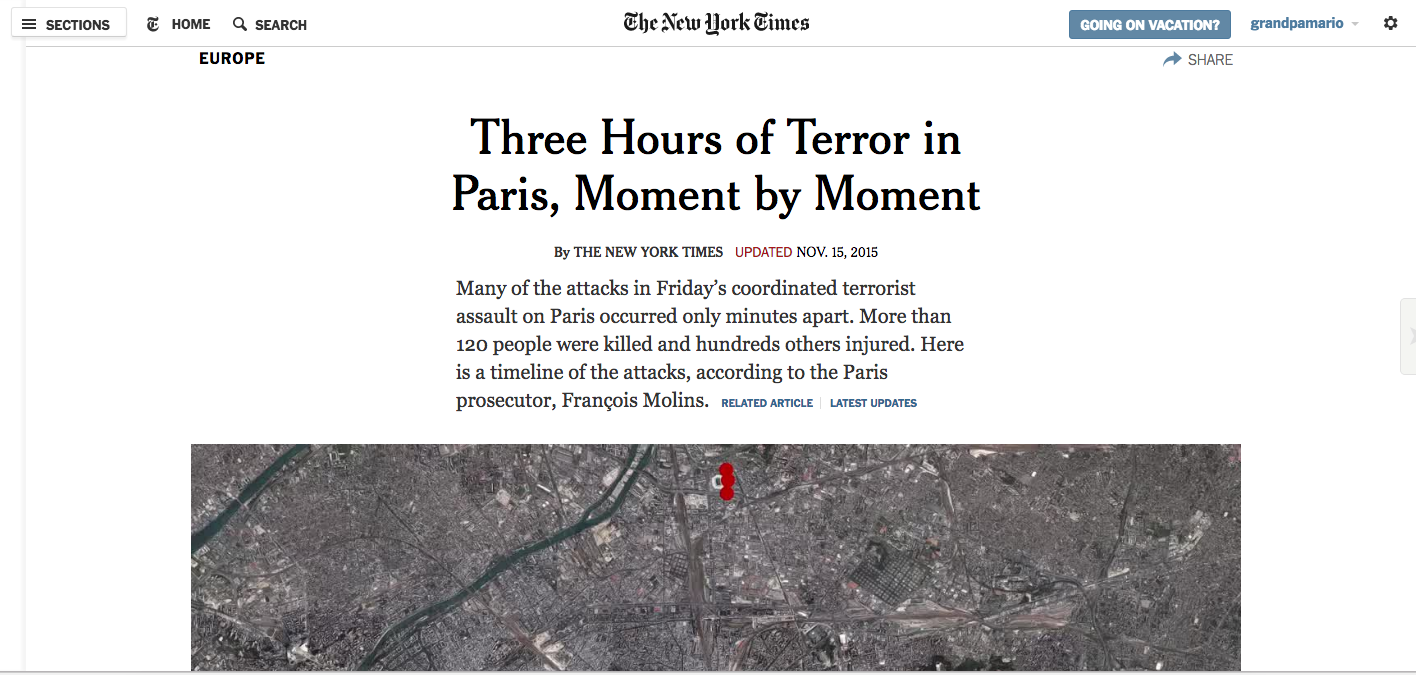
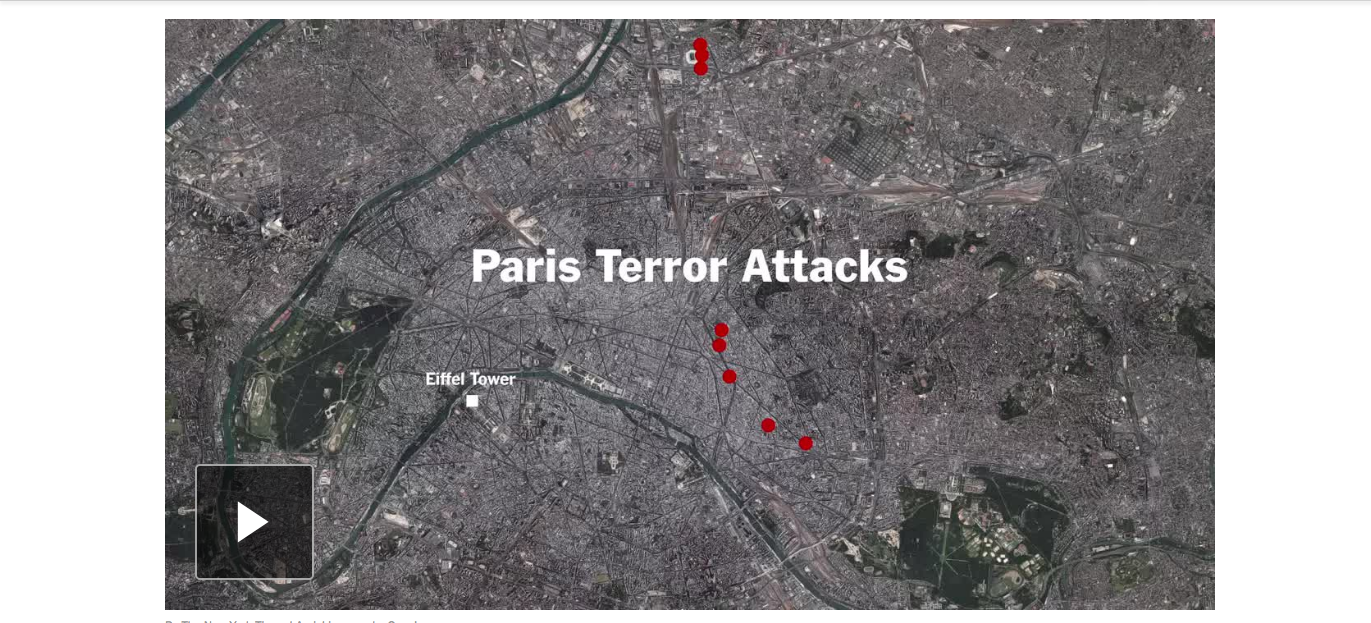
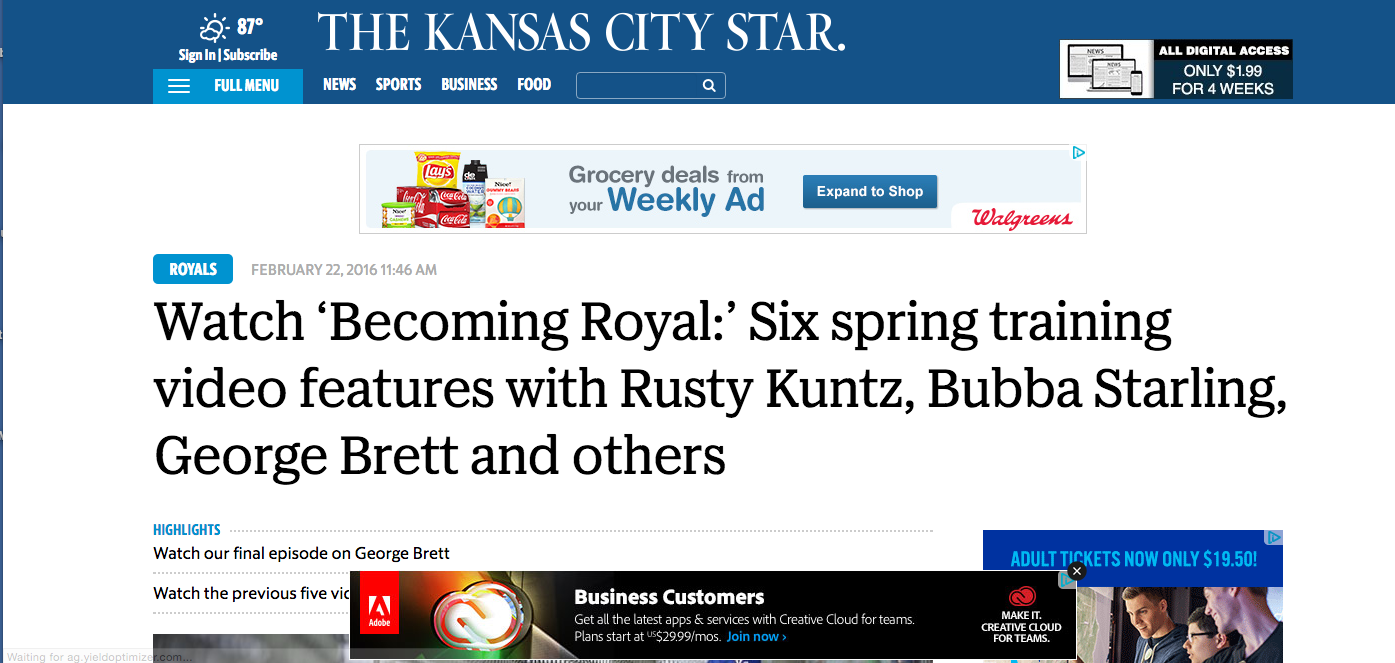
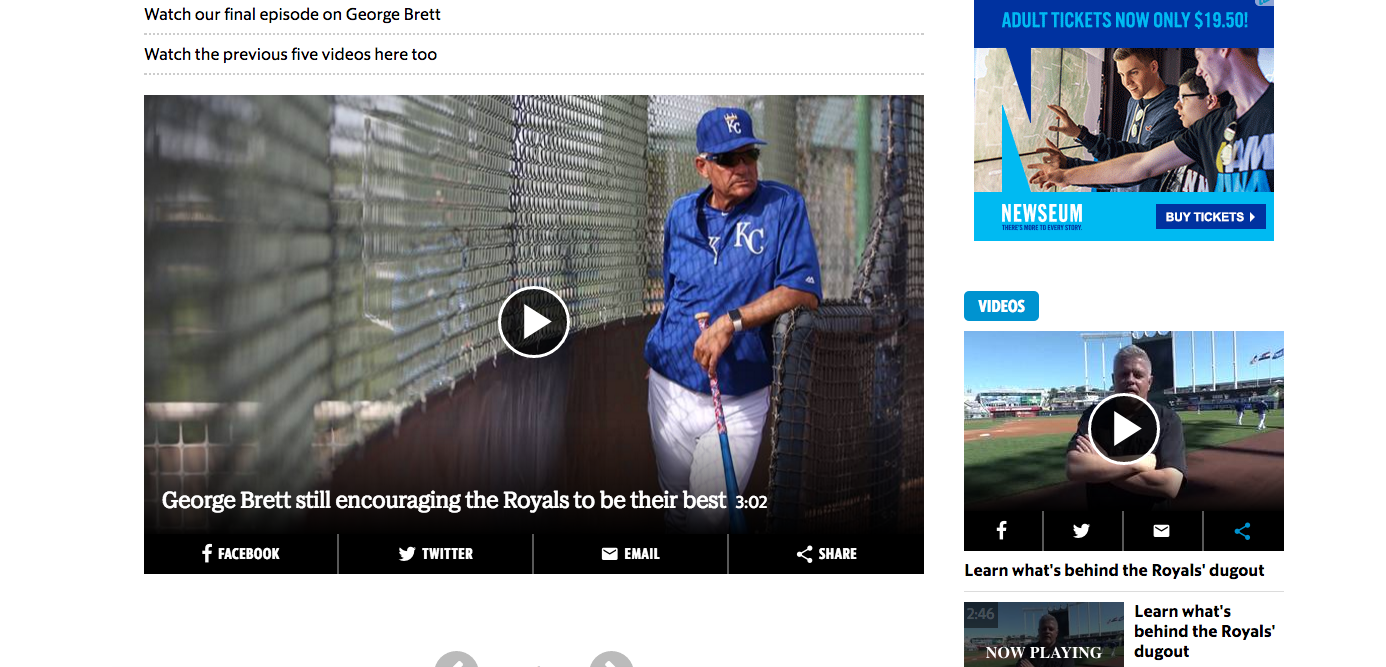
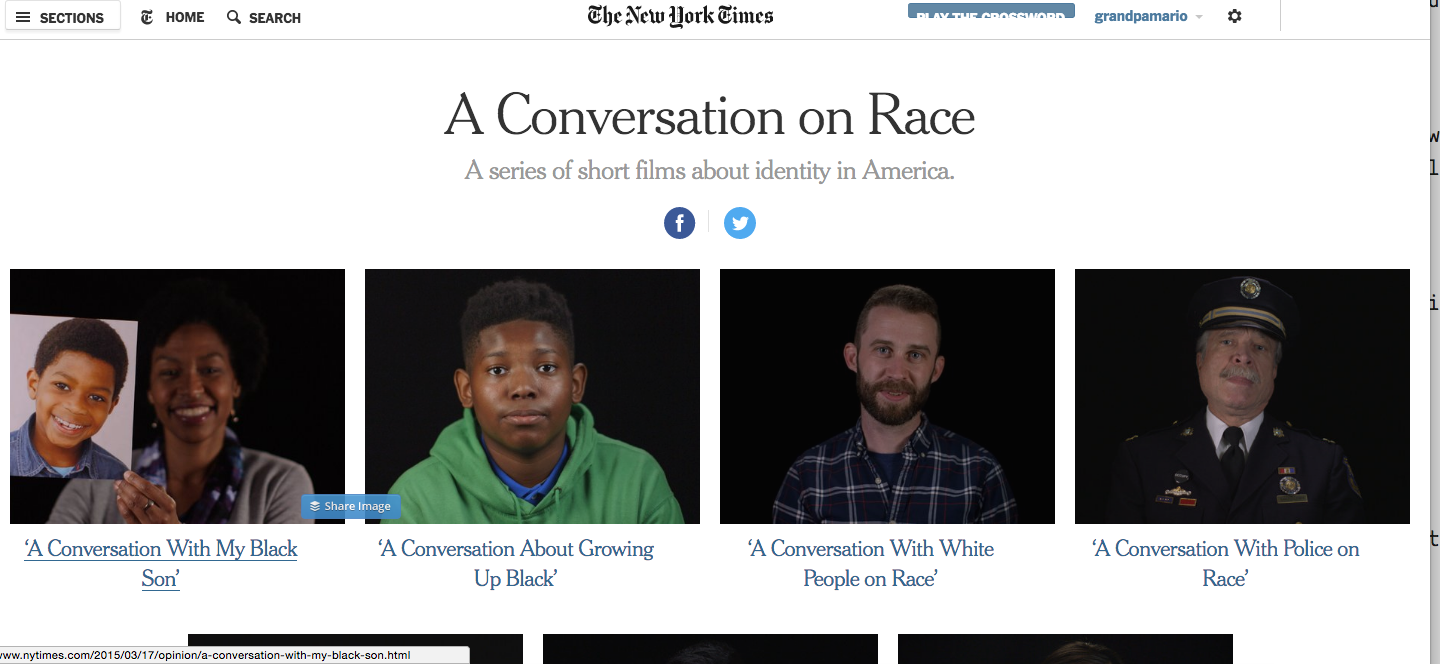
Digital Design Challenge Seminar

I am honored to be a part of this two-day Digital Design Challenge program at Columbia University, October 17-18. Here is a one of a kind program that cuts right to the essential topic of the day for anyone managing a newsroom anywhere in the globe; How can create a balance of how content is presented across platforms, and how can design help to make the user experience superior and to anticipate the audience's preferences, especially when coming to our content via social media?
A Project to Create New Visual Models for Digital News Publications
Sponsored by William R. Hearst III
Join us in October as we address the design challenges of digital news. In a unique two-day event, you’ll hear industry experts address the reasons for success and failure of the look and feel of news on the web and in apps. And you’ll meet the designers who will tackle these challenges in a unique project that launches with our October event in New York.
Roger Black is the project’s director.
Our panel of industry experts features:
Megan Chan, Director of Digital Operations at The Washington Post.
Susan Mango Curtis, a Pulitzer Prize winner, educator, designer and consultant.
Dr. Mario R. Garcia, CEO and founder of García Media and Senior Adviser for News Design / Adjunct Professor at the Columbia University Graduate School of Journalism.
John Temple, Managing editor, Investigative Reporting Program, University of California, Berkeley.
Chrys Wu, journalist, strategist, and coder, is currently Developer Advocate for The New York Times, where she leads internal and public-facing projects that advance and highlight the technology made by developers at the Times.
Poynter Challenge designers are:
Jared Cocken, Chief Product Officer at Fitocracy.
Lucie Lacava, President of Lacava Design Inc.
Kat Downs Mulder, interactive designer and the Graphics Director at The Washington Post.
Mike Swartz, a Partner at Upstatement, a design and engineering studio in Boston.
Jeffrey Zeldman, founder of A List Apart Magazine and the design studio Happy Cog.
We will challenge the designers to address these issues:
Session duration: What can make a richer experience so readers stay with a publication?
Stickiness: If readers arrive at a story from a link, what can make them want to go on to the next story?
Advertising: How can advertising be less ugly and disruptive, so that readers no longer use or want ad-blockers, and publishers can sell effective positions?
Sponsored content: How can advertorials be designed to be compatible with a publication but clearly distinguished?
Loyalty: How can readers make a publication a habit?
Apps: If users like apps, can we increase the integration with publishers’ efforts on the web and social media.
User Interface: Is scrolling the way to present the narratives?
The designers and experts will gather again in January to share their concepts and hear feedback around each proposal. (Watch for details about how you can join the January event in St. Petersburg, Florida.)
Seating is limited for the October event, so we encourage you to register now.
Date: Monday, Oct.17, and Tuesday, Oct. 18, 2016
Time: 10 a.m. – 4 p.m.
Location: Columbia University School of Journalism, Pulitzer Hall, 2950 Broadway, New York, NY 10027
Cost: $150
http://about.poynter.org/about-us/events/poynter-digital-design-challenge